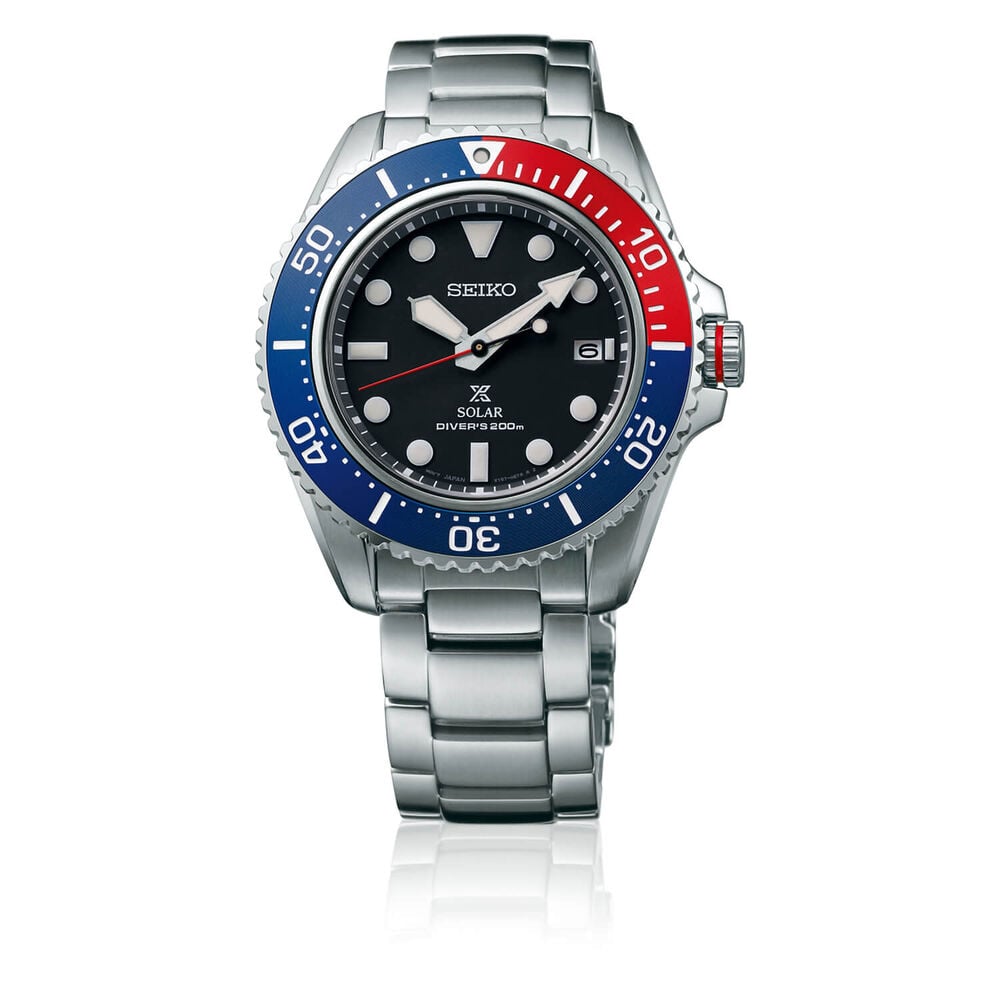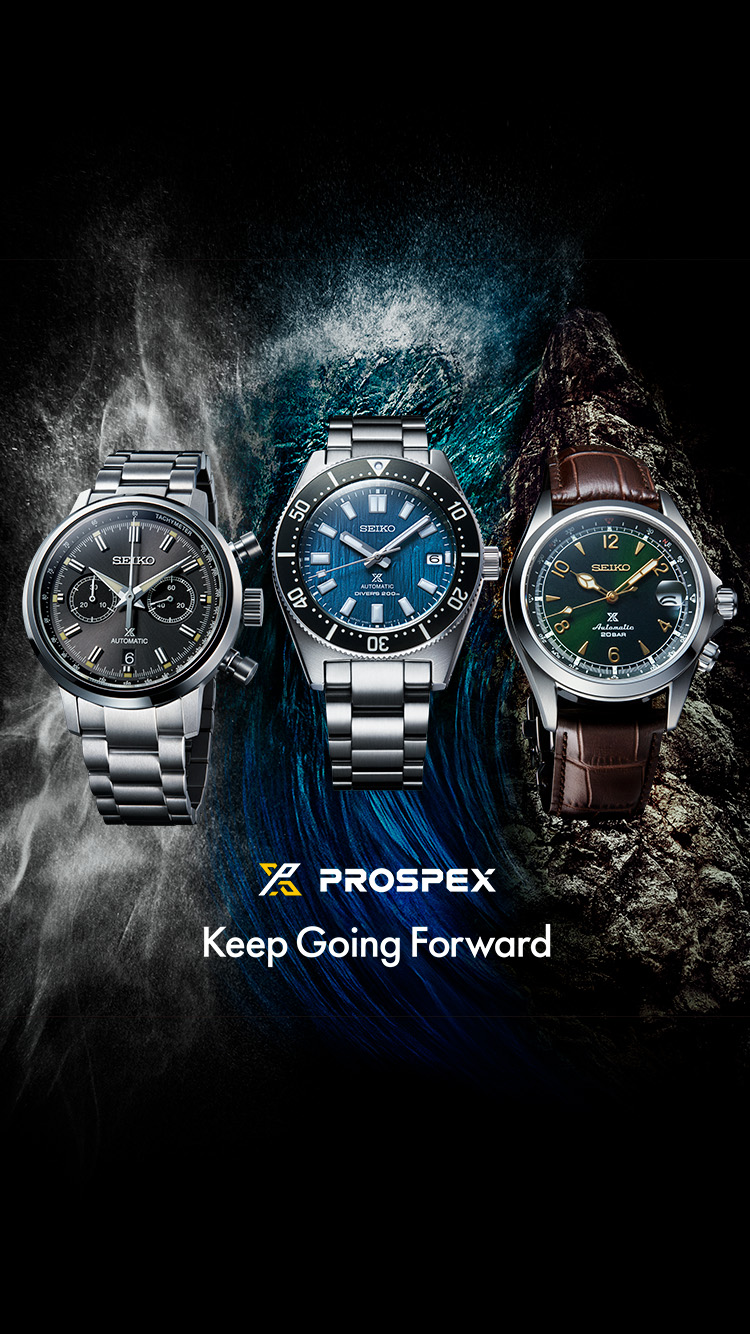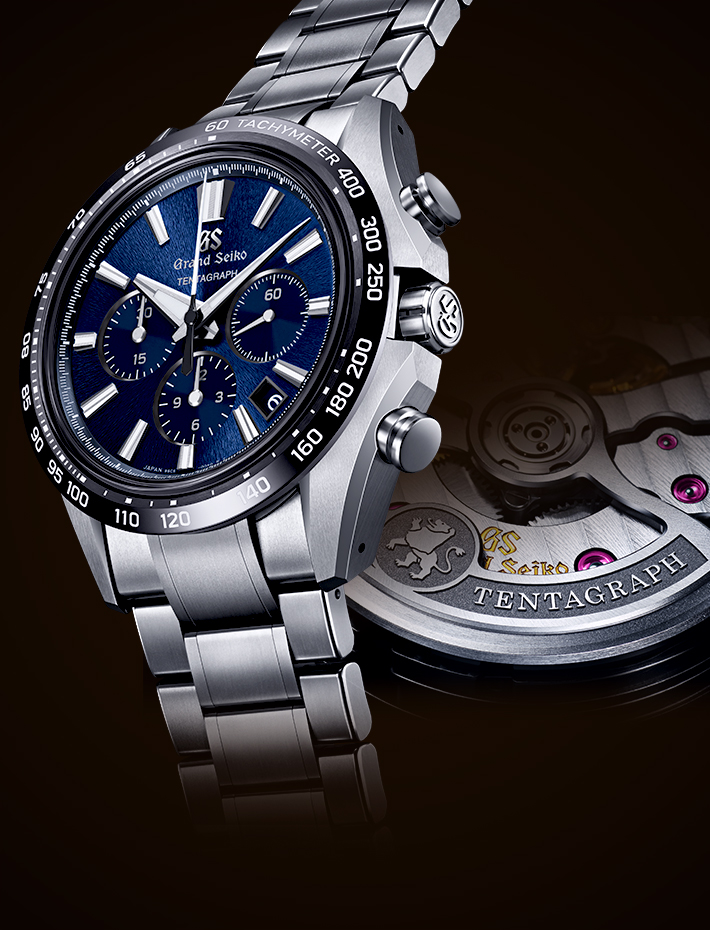The Timeless Legacy of Seiko Watches
Introduction:
Have you ever wondered how a simple timekeeping device can encapsulate a saga of innovation, resilience, and precision? Enter the world of Seiko watches, a name that resonates with quality and groundbreaking technology in the realm of watchmaking. This story isn’t just about the evolution of watches; it’s about how Seiko transformed the art of timekeeping.
From its inception in a humble Tokyo shop to becoming a global icon, Seiko’s journey is a fascinating tapestry woven with perseverance, creativity, and an unwavering commitment to excellence. In this post, we’ll delve into the rich history of Seiko, exploring how it pioneered the watchmaking industry and continues to set new standards.
Join us as we unwind the intricate gears of Seiko’s past, revealing how it became much more than just a watch brand, but a true legacy in time.
Seiko, a name synonymous with precision and innovation in watchmaking, has a storied history that stretches back over a century. From humble beginnings to becoming a global leader in timekeeping technology, Seiko’s journey is a testament to Japanese craftsmanship and ingenuity.
The Dawn of Seiko: A Visionary’s Dream
In 1881, a young entrepreneur named Kintarō Hattori opened a watch and jewellery shop in Tokyo, marking the inception of Seiko. Hattori’s passion for timekeeping led him to establish the Seikosha factory in 1892, where the first Seiko wall clocks were produced, signifying the birth of a new era in Japanese timekeeping.
The Trailblazing Innovations: From Wall Clocks to Wristwatches
Seiko’s first pocket watch, the Timekeeper, was introduced in 1895, laying the foundation for future innovations. The brand’s first major breakthrough came in 1913 with the launch of the Laurel, Japan’s first wristwatch, revolutionizing how people told time. However, the Great Kanto Earthquake of 1923 devastated Seiko’s production facilities, but the resilient company rebounded and released its first branded watch in 1924, a testament to its unyielding spirit.
Seiko in the Global Arena: Setting New Standards
The 1950s and 60s were pivotal decades for Seiko, marking its foray into the global market. In 1956, Seiko introduced the Marvel, a mechanical wristwatch known for its stunning accuracy. The Grand Seiko, launched in 1960, was the brand’s first luxury watch, positioning Seiko as a rival to prestigious Swiss watchmakers.
A significant milestone was achieved in 1964 when Seiko was chosen as the official timer for the Tokyo Olympic Games, showcasing its expertise on an international stage. The Seiko 5 Sports Speed Timer, released in 1969, was a landmark innovation as the first automatic chronograph watch, cementing Seiko’s reputation as a pioneer in wristwatch design.
The Quartz Revolution: Seiko’s Game-Changing Innovation
1969 was a transformative year for Seiko and the watch industry with the introduction of the Seiko Quartz Astron, the world’s first quartz wristwatch. This groundbreaking technology offered unparalleled accuracy and ushered in a new era in watchmaking. The Quartz Astron’s success was so immense that it threatened the existence of mechanical watches, a true testament to Seiko’s innovative prowess.
The Kinetic Era and Beyond Continuing the Legacy
In 1988, Seiko introduced the Kinetic watch technology, blending mechanical and quartz timekeeping to create a watch powered by the wearer’s movement. This innovation solidified Seiko’s reputation as a leader in watch technology.
The 21st century saw Seiko continuing its tradition of innovation with the Spring Drive Spacewalk in 2008, designed for space travel, and the Astron GPS Solar in 2012, a solar-powered watch that adjusts to local time anywhere on Earth using GPS technology.
Seiko Today: A Legacy of Excellence
Today, Seiko stands as a colossus in the world of horology, with a diverse range of timepieces that cater to every segment of the market. From luxury watches to sports and diver’s watches, Seiko continues to push the boundaries of innovation, design, and precision.
As Seiko marches forward, it remains true to its founding principles of exquisite craftsmanship and relentless innovation. The brand’s journey from a small Tokyo shop to a global watchmaking powerhouse is a story of resilience, innovation, and a relentless pursuit of perfection.
Conclusion
Seiko’s history is not just a chronicle of technological advancements; it’s a narrative of a brand’s unwavering commitment to excellence. From the Laurel to the Quartz Astron and beyond, each timepiece is a chapter in this illustrious story, making Seiko not just a watch brand, but a legacy in time.



